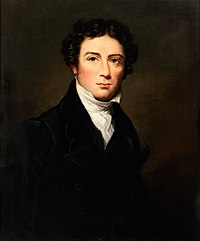Faraday constant

Have you ever played with a battery and connected it to a light bulb? Well, inside that battery, there are tiny particles called ions that move around and create electricity. Now, these ions have a specific charge, which means they either carry a positive charge or a negative charge.
The Faraday constant is a number that tells us how much charge (in coulombs) is carried by one mole of ions. A mole is just a fancy word for a bunch of chemical stuff that we measure in chemistry. So, if we know the Faraday constant, we can figure out how much charge is moving around in a chemical reaction.
Let's say we have a chemical reaction where we want to know how much electricity is being produced. We can use the Faraday constant to figure this out. We multiply the Faraday constant by the number of moles of ions involved in the reaction and then multiply that by the voltage of the battery.
So, the Faraday constant helps us understand how much electricity is produced from a chemical reaction, which is super helpful for things like batteries and other energy sources. It's like having a special tool that tells us how much power we can get from a bunch of tiny particles moving around.
The Faraday constant is a number that tells us how much charge (in coulombs) is carried by one mole of ions. A mole is just a fancy word for a bunch of chemical stuff that we measure in chemistry. So, if we know the Faraday constant, we can figure out how much charge is moving around in a chemical reaction.
Let's say we have a chemical reaction where we want to know how much electricity is being produced. We can use the Faraday constant to figure this out. We multiply the Faraday constant by the number of moles of ions involved in the reaction and then multiply that by the voltage of the battery.
So, the Faraday constant helps us understand how much electricity is produced from a chemical reaction, which is super helpful for things like batteries and other energy sources. It's like having a special tool that tells us how much power we can get from a bunch of tiny particles moving around.
Related topics others have asked about:
